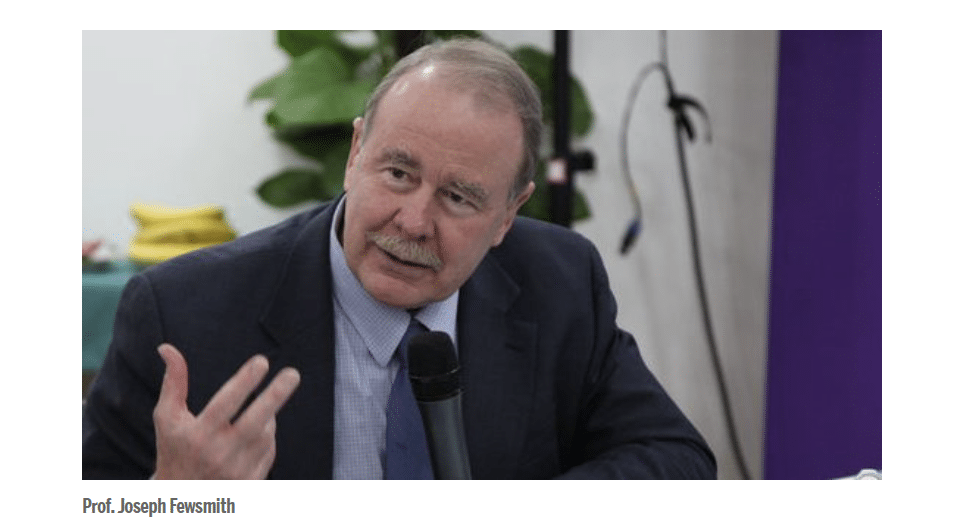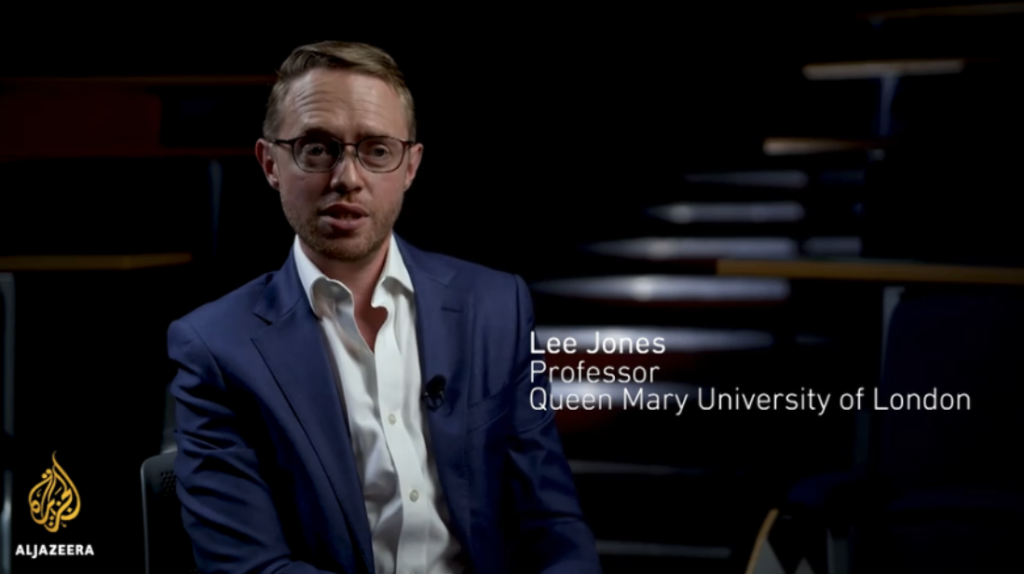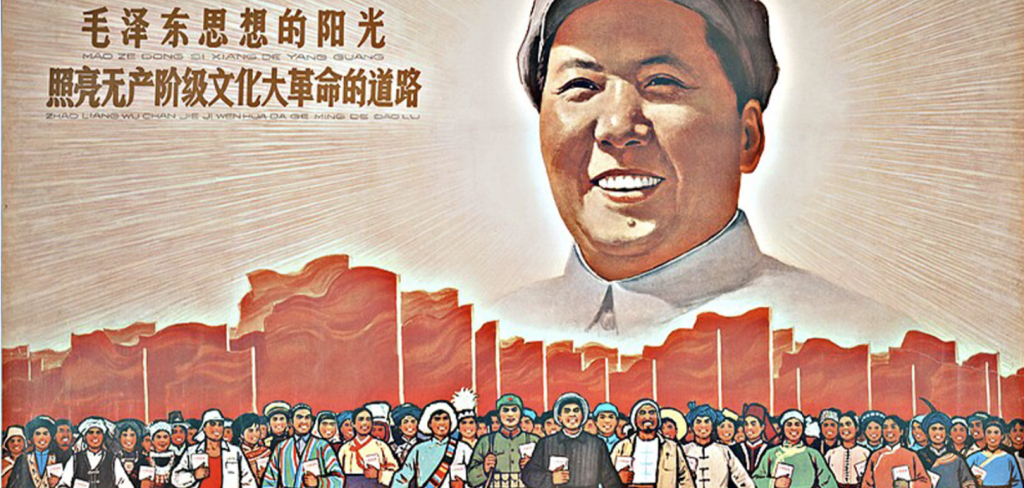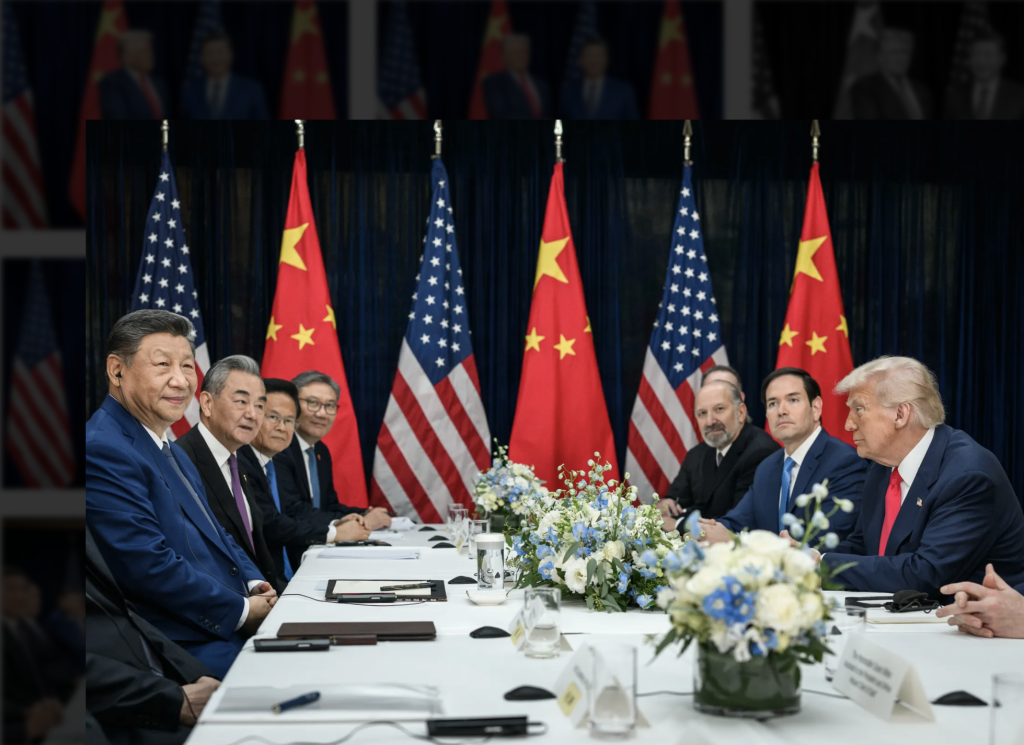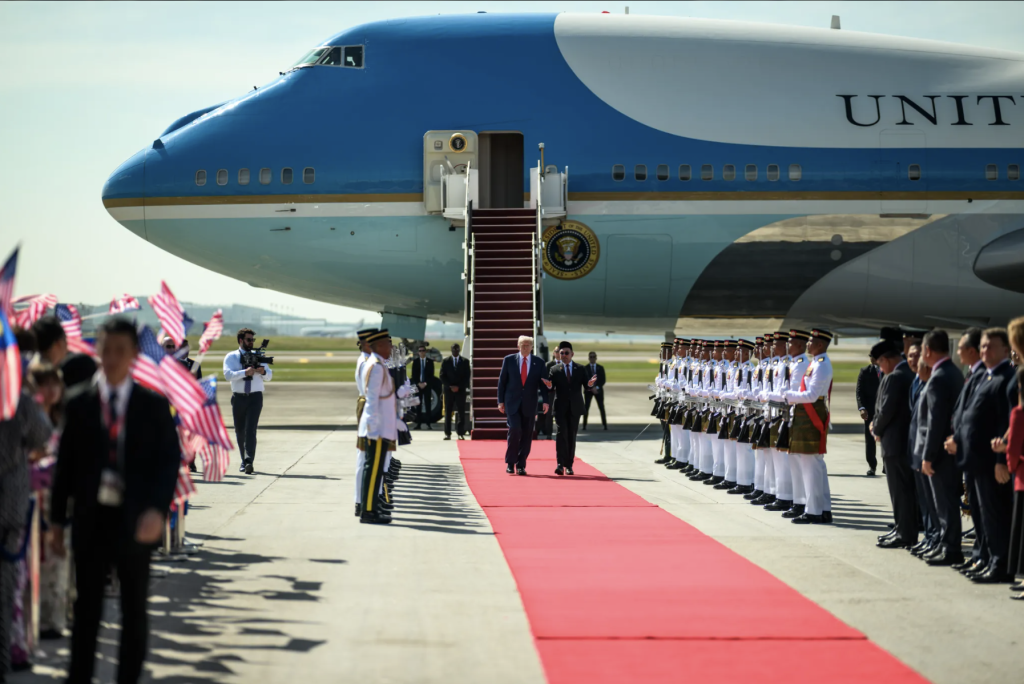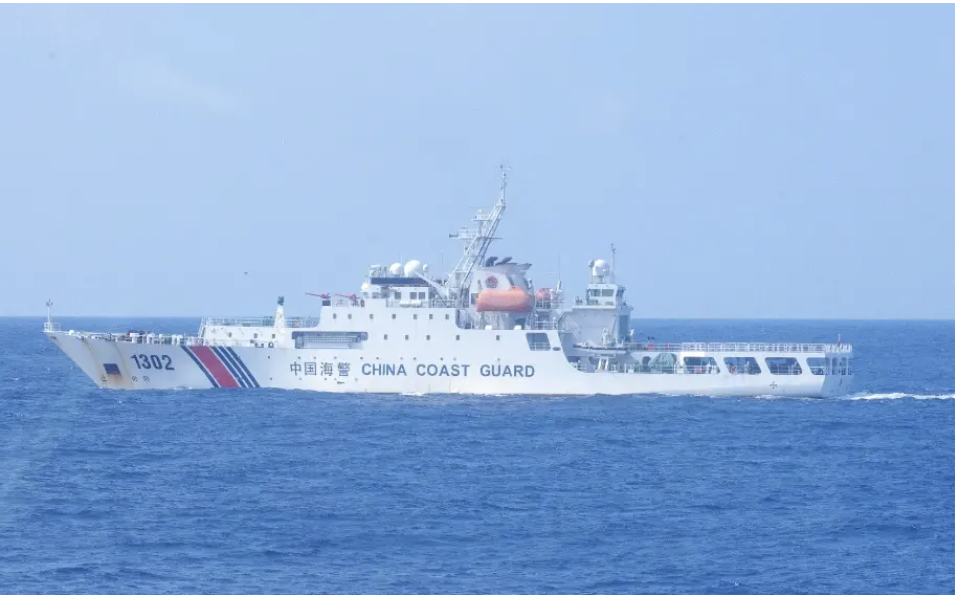Remembering Joseph Fewsmith: The Passing of a Generation of China Hands
Coronavirus and Chinese Public Policy: An Interview with Huang Yanzhong
On January 30, the World Health Organization officially designated the Wuhan coronavirus, nCov-2019, as a “public health emergency of international concern.” We spoke with Professor Huang Yanzhong, a Senior Fellow for Global Health at the Council on Foreign Relations and a director of the Center for Global Health Studies at the School of Diplomacy and International Relations at Seton Hall University, about the outbreak.
As the Wuhan coronavirus continues to spread, what is your assessment of the measures taken by the Chinese government?
Huang: My personal perspective is that measures taken before the January 20 outbreak were characterized by inaction and lack of transparency. The first phase of the virus began in December (though some say it started in November). There is more and more evidence that the local government response had many problems.
The first problem was that measures taken by the Wuhan local government were ineffective and inefficient. For example, when medical personnel became infected, and human-to-human transmission became evident, the local government did not report the risk to the public, and perhaps only notified the upper echelons of China’s government.
When it was reported that a seafood market might be the source, the Wuhan government closed the market on January 1. Prior to January 16, the local disease control center in Wuhan did not have the ability to test the virus. Samples were then sent for testing at China Center for Disease Prevention and Control (CDC). However, China’s Center for Disease Control also did not come to a clear conclusion about the virus after receiving the samples. This reflects a problem not only with the local government, but also with the central CDC— both lacked the diagnostic and response capabilities.
Furthermore, it was not until after January 8, when a confirmed case appeared in Thailand, that they thought “human-to-human transmission” was possible. This belated diagnosis illustrates there was, indeed, a failure to both respond and communicate the risk with the public in a timely manner. Of course, these two issues are related. The government may have felt the epidemic threat was not sufficiently serious, truly believing that there was no possibility of human-to-human transmission, and therefore did not consider it necessary to inform the public and risk panic.
All in all, the response in the first stage was a failure. Of course, both local and national governments should be responsible for that. Why was this first stage so important? Because if effective measures had been undertaken within the first two weeks (instead of waiting until January 19 when Zhong Nanshan arrived in Wuhan), then the situation would not have deteriorated so seriously, and the spread could have better been contained.
Echoing the Chinese SARS outbreak in 2003, the Wuhan coronavirus has triggered widespread concern regarding the capacity of the Chinese government to respond. Are these concerns warranted? What parallels or differences do you see between the Chinese government response to the Wuhan coronavirus and the SARS outbreak in 2003?
Huang: The Chinese government learned many lessons from the 2002-03 SARS epidemic, resulting in a substantial increase in investment in facilities and staffing for disease prevention and control. Take a look at the provincial CDCs. Those facilities are almost all built after the SARS epidemic. Moreover, China has established the world’s largest disease prevention and control network, and grassroots health officials can report outbreak-related information directly to China CDC. This is a big step forward.
Scientific research capacity has also improved, but these improvements are not as significant as we think. At the time of the SARS outbreak, scientists were unable to isolate the SARS virus in a quick and timely manner. Even a well-known scientist announced the pathogen was Chlamydia, a kind of bacteria. Canadian scientists were the first to isolate the SARS virus.
This time, however, Chinese scientists isolated the virus in a short period of time and shared it with the World Health Organization on January 12. This is also different from the SARS period. During SARS, China was slow to share information not only with international organizations and other countries, but also provinces within China.
Next, during the SARS period, the lack of government transparency was obvious. Even after Guangzhou and Beijing received many confirmed cases, the government concealed the spread from the public, claiming that the condition was under control and that it was safe to travel to China. The national health authorities failed to issue bulletins to alert hospitals in other provinces. As a result, the epidemic spread rapidly across China.
Unfortunately, lack of transparency is also evident with regards to the current coronavirus outbreak. By raising awareness and making people wear masks earlier, the situation would be better than it is now. Lack of transparency concerns both the ability to prevent and control disease, but also politics. On one hand, politicians don’t want to cause panic among the people and endanger social and political stability. On the other hand, they may think that the virus is not a big deal, because they think there is no human-to-human transmission, and they won’t alert the public which risks panic. However, in the first stage, the response pattern of the coronavirus epidemic was essentially the same as that of SARS.
Social media and misinformation seem to have contributed greatly to panic about the coronavirus. Can you tell our readers about the consequences of public panic during an epidemic? How does panic influence public health and government policy?
Huang: When faced with an unknown virus, even if the virus is not so virulent or contagious, the public will tend to exaggerate the danger. The public often does not understand the true circumstance, so the psychological response is panic, a response which can lead to irrational actions.
This phenomenon has happened across history in China, but also around the world. There are many such examples, including the 2003 SARS outbreak. Another example is the Surat plague in India in 1994, which caused a large number of people to flee the city. Furthermore, in 2009, many Asian countries adopted protectionist measures against pork products from North America. These responses were irrational, but ultimately caused by human nature.
The problem is that panic affects public policy. For example, in the United States, the current coronavirus epidemic has led some to call for restrictive measures, such as severing trade and grounding all flights between the United States and China. Fear will lead to bad public policies and will weaken the ability of the government to respond effectively.
This problem is even more obvious in China: masks are out of stock, it is difficult to find protective equipment, vegetable prices are rising, villagers are blocking roads to prevent outsiders from entering their villages. All of these irrational responses weaken the government’s ability to effectively respond to the epidemic.
Criticisms of Chinese government transparency regarding the virus seem particularly prevalent on social media. Considering your perspectives above, will censorship allow the Chinese government to better respond to the coronavirus? Will it worsen the crisis?
Huang: In short, the answer is no. Censorship will not allow the government to better respond to the coronavirus. Almost all public policy experts agree that transparency is an effective way to respond to an outbreak. Keeping it concealed from the public is not conducive to effectively fighting an epidemic. On one hand, it makes people more likely to unknowingly spread the virus. On the other hand, once the public learns about the epidemic and the lack of transparency, they will direct their grievances towards the government, posing a challenge to government legitimacy.
Consequently, the Chinese government’s attempt to control the flow of information from top to bottom is detrimental not only to effective prevention and control, but it also carries political consequences.
President Trump recently offered the support of the United States in tackling the epidemic. Do you expect Beijing might accept some kind of assistance? Do you foresee the Chinese government soliciting assistance from other non-governmental organizations, international institutions, or countries?
Huang: The United States has offered help to fight the epidemic in China, but there are reports that Beijing has rejected such assistance. Personally, I think that an epidemic like this is important not only for China, but also the international community. Infectious diseases have no borders. They do not require visas or passports to cross into other countries. And, due to globalization, they can spread at almost the speed of an airplane.
The coronavirus is by no means a matter for China alone. After the SARS epidemic, Premier Wen Jiabao clearly put forward a lesson that for China to deal with a large-scale infectious disease like SARS alone is ineffective. Consequently, international cooperation is very, very important.
In his speech on January 20, President Xi Jinping also mentioned the matter of promoting international cooperation. If both President Trump and President Xi have the desire to increase international cooperation, the two leaders should discuss it and include relevant personnel regarding epidemic prevention, disease control, and health departments. They should talk about what the other party needs and how to best provide assistance.
In terms of United States disease control, there are some areas that China ought to learn from, such as with regards to control capabilities, systems, and technologies. Especially in the case of Wuhan coronavirus, there are many areas where each country can learn from one another.
In 2018, the New York Times reported that China had withheld flu virus samples from the United States, a possible consequence of the trade war. Has the downturn in relations between the West and China in recent years influenced the willingness of the Chinese government to engage in international responses to epidemics?
Huang: I still haven’t figured out why this happened. According to the United States Center for Disease Control, China did not share H7N9 virus samples for a yearlong period. We know that H7N9 is the most likely strain to develop into a global pandemic influenza, so experts attach great importance to this.
Post-SARS Cooperation over disease prevention between the United States and China. Take H1N1 virus, for example. The United States provided strains to China to help produce vaccines on a larger scale. China also shared the H7 N9 strains with the United States in a timely manner after their outbreaks. While this cooperation happened before the trade war, the latter is not a cause for China’s recent failure to share flu samples. There may be other reasons, such as scientific researchers wanting to publish articles or a general reluctance to share the virus strain.
Recently, we have seen some discordant voices in China regarding cooperation over disease control, such as with China’s adoption of a regulation to prevent the outflow of domestic genetic information and materials in the summer of 2019. Some institutions have already been punished for this. There are indeed concerns in the country that domestic genetic material may be used by other nations to threaten China’s national security. I personally think this is a conspiracy theory, but the United States has a similar problem. Research cooperation in public health has been affected by investigations into Chinese scientists. These unharmonious voices have cast a shadow over effective cooperation between the two countries.
What are some specific ways that the United States and China could better cooperate or coordinate to prevent future epidemics and pandemics?
Huang: There are several ways that the two countries could better cooperate.
First, it is possible to coordinate on prevention and control policies, such as entry and exit screening. They may also reach an agreement on reducing supply chain disruptions. Coordination in this regard will minimize the impact of epidemics on tourism, trade, and travel.
Second, China can learn from the United States’ prevention and control system. Of course, I am not saying that the United States’ prevention and control system is perfect. Rather, China can learn from how the United States system might not be particularly effective. The United States only has a federal-level Center for Disease Control, and there are no sub-federal branches. Therefore, in the United States, if an outbreak occurs in a state, the Center for Disease Control can participate in the response if required. China’s Center for Disease Control has been built up to the county level.
However, there are some institutional aspects of American disease response that China ought to learn from. For example, if the US CDC intervenes and the federal government determines that a health emergency is occurring, government financial support will be followed. These procedures are o be readily implemented step-by-step. Furthermore, the American system would not make decisions hastily, such as what occurred with the quarantine of Wuhan. After the city was closed, operations within the city were not coordinated or well planned, causing confusion in from beginning. I think China can learn from the public health system in the United States, and how to approach epidemics.
In terms of personnel structure, China can also learn from the United States. The United States Public Health Service is a commissioned corps of ranked uniformed servicemembers. If you go into the Center for Disease Control, you will see public health professionals in uniforms like those of the military or fire brigade. As soon they are needed, they can be deployed immediately. This force not only is in the United States to prevent epidemics but can also go out at any time to fighting disease abroad, such as Ebola. They are both soldiers and public health personnel. Therefore, China can learn lessons from this establishment. China should have a permanent force that can respond in time, instead of temporarily transferring medical staff from Shanghai and Beijing. Regular military personnel can also handle epidemics more professionally.
Third, the two sides can better exchange support, personnel, and materials needed for disaster relief. Due to shortages in China, many masks are now purchased from the United States and mailed to China. The United States is now also facing such a shortage. In this respect, the two sides can coordinate over ensuring a sufficient amount of preventative materials are available. Additionally, the United States could also provide medicines and assist with medical protection facilities which China urgently needs to respond to the outbreak.
In short, the prospects for bilateral cooperation are very broad.
This interview conducted by Michael B. Cerny, and was translated from Chinese to English. The original version in Chinese can be found here.


